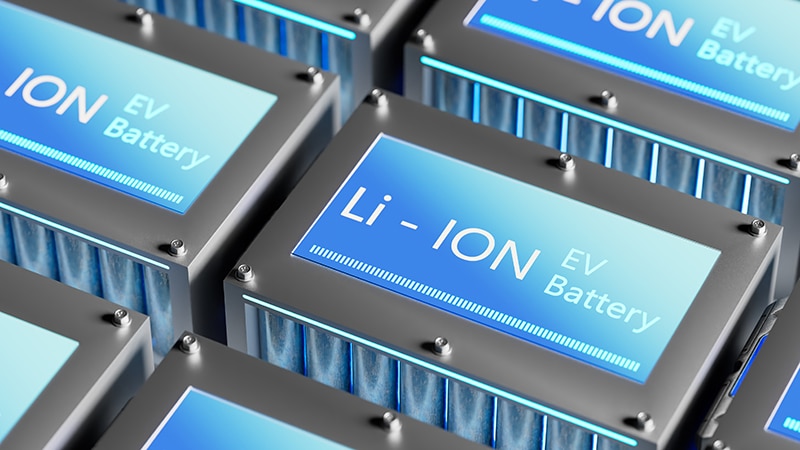
When selecting a technology for an energy storage project, it’s essential to consider several key factors.
The integration of renewable energy sources like wind and solar power into the power grid introduces challenges related to their intermittent nature. Unlike traditional power plants that can provide a steady output, the energy production from renewables depends on environmental conditions, such as sunlight and wind availability. This variability can affect grid reliability, particularly during peak demand periods when the energy supply from these sources might be insufficient. Grid operators must, therefore, carefully plan and manage the capacity to ensure a balance between supply and demand.
To address the challenges of intermittency, various strategies are employed. Energy storage systems, such as batteries, play a crucial role in storing excess energy generated during periods of high production and releasing it when demand exceeds supply. Additionally, the concept of a smart grid, which involves advanced technologies and communication systems, allows for more flexible and efficient management of energy resources. By leveraging real-time data, grid operators can better predict demand patterns and adjust the energy mix accordingly.
Demand response plans are another key tool in maintaining grid stability. These plans incentivise consumers to reduce their energy usage during peak times, thereby alleviating strain on the grid. Smart meters and thermostats enable precise control and monitoring of energy consumption, allowing for a more responsive and adaptable grid system. As the share of renewable energy in the grid continues to grow, the development of these technologies and strategies becomes increasingly important in ensuring a reliable and sustainable energy future. In a conversation with Chloe Herrera, Analyst, Lux Research, we gained the insights on how critical these integrated technologies and strategies are.
| Choosing the right energy storage technology |
| When selecting a technology for an energy storage project, it’s essential to consider several key factors: • Technology maturity. Choose a proven technology for long-term reliability, as energy storage systems are expected to last 20-30 years. • Performance. Match the technology with the specific requirements of the intended application, ensuring it can meet the necessary performance criteria. • Cost. Assess both the upfront capital expenditure (CapEx) and the lifetime costs, including system components and ancillary systems like enclosures, HVAC, and power components. • Application-specific needs. For applications such as grid support, peak shaving, or renewable integration, evaluate the technology’s ability to meet the unique demands of each use case. For instance, peak shaving requires a technology that can respond quickly and efficiently for short durations. While choosing an energy storage technology, prioritise proven maturity, performance alignment with application needs, and a thorough cost analysis. Additionally, tailor your selection to the specific requirements of the intended application for the best project fit. |










